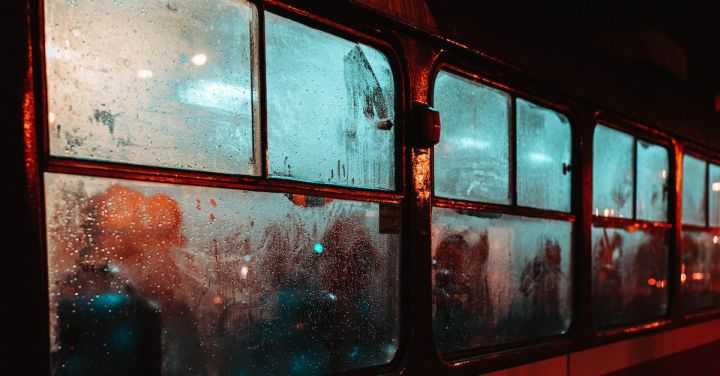There is something undeniably magical about the sound of a train rolling down the tracks. The rhythmic clatter and whistle of a locomotive have a way of captivating our senses and transporting us to another time and place. But what if I told you that trains and tunes have a harmonious connection that goes beyond the mere auditory delight? It turns out that music and trains have a long-standing relationship that has shaped the history of both industries.
From the early days of train travel, music has played a significant role in the lives of railway workers. Before the advent of modern technology, train crews relied on the power of song to communicate and coordinate their efforts. The melodious chants and calls of railroad workers echoed through the yards and helped to create a sense of unity and purpose. These songs, known as “hollers” or “work songs,” not only provided entertainment on long and monotonous journeys but also served as a means of communication among the workers.
As the railroad industry grew, so did the popularity of train-themed music. In the late 19th and early 20th centuries, songs like “The Wabash Cannonball” and “Orange Blossom Special” became anthems of the American railroads. These songs, often performed by traveling musicians, celebrated the romance and adventure of train travel and helped to popularize the image of the train as a symbol of freedom and possibility.
But it wasn’t just the railway workers and musicians who found inspiration in the world of trains. The advent of the steam locomotive coincided with the rise of the industrial revolution and the birth of modern music. The rhythmic chugging and hissing of the steam engine provided a metronomic backdrop for composers like Igor Stravinsky and Arthur Honegger, who incorporated the sounds of the trains into their compositions. The result was a new genre of music known as “train music,” characterized by its pulsating rhythms and evocative melodies.
As technology advanced, so did the relationship between trains and tunes. The invention of the phonograph and the radio brought the sounds of the train into the homes of millions of people around the world. Train-themed songs like “Chattanooga Choo Choo” and “Night Train” became chart-topping hits, and artists like Johnny Cash and Bob Dylan used the imagery of trains in their lyrics to convey a sense of longing and wanderlust.
Today, the connection between trains and tunes continues to thrive. Train travel is often accompanied by a carefully curated playlist, featuring songs that capture the spirit of the journey. From the rhythmic blues of Muddy Waters to the soulful crooning of Ella Fitzgerald, these tunes transport passengers to another time and place and enhance the overall experience of train travel.
In conclusion, the connection between trains and tunes is a harmonious one that spans centuries and genres. From the work songs of railroad workers to the compositions of classical composers, music has been intertwined with the world of trains since their inception. Whether it’s the rhythmic clatter of the tracks or the melodic whistle of a locomotive, there is something inherently musical about the world of trains. So, the next time you find yourself aboard a train, take a moment to appreciate the harmonious connection between trains and tunes and let the music transport you to new and exciting destinations.
